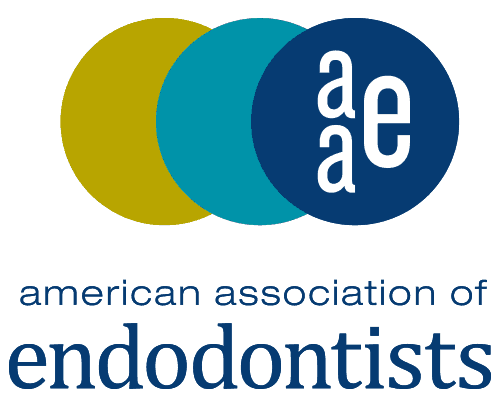About Endodontics
Get a closer look into endodontic treatment, retreatment, cracked teeth and traumatic dental injuries.
"Endo" is the Greek word for "inside" and "odont" means "tooth". Endodontic treatment treats the inside of the tooth. Inside the tooth, under the white enamel and a hard layer called dentin. Deeper in the tooth, after the dentin, is the soft tissue called the pulp. The pulp contains blood vessels, nerves and connective tissue.
Why would I need an endodontic procedure?
Treatment is necessary when the pulp becomes inflamed or infected. Causes include but are not limited to:
- Deep decay
- Multiple procedures on tooth
- Crack or chip
- Trauma
Signs of pulp damage include pain, prolonged sensitivity to heat or cold, discoloration of the tooth and swelling and, tenderness in the nearby gums. Sometimes there can be no symptoms.
How does endodontic treatment save the tooth?
We remove the inflamed or infected pulp, carefully clean and shape the canals, then fill and seal the space. Afterwards, you will return to your dentist, who will place the permanent restoration on the tooth.
Will I feel pain during or after the procedure?
Many root canals are performed to relieve the pain of toothaches. With modern techniques and anesthetics, most patients report that they are comfortable during the procedure. For the first few days after treatment, your tooth may feel tender, especially if there was pain or infection before the procedure. This discomfort can be relieved with over-the-counter or prescription medications. Your tooth may continue to feel slightly different from your other teeth for some time after. However, if you have severe pain or pressure, or a pain that lasts more than a few days, please call the office.
Endodontic Procedure
- Once the tooth is numb I place a small sheet called a "dental dam" over the area to isolate the tooth. I make an opening in the crown of the tooth. Very small files are used to clean the pulp from the pulp chamber and the root canals to shape the space for the filling.
- After the space is cleaned and shaped, I either place a medicated treatment down in the canals, and you would return for a secondary visit to complete the treatment or I would fill the canals with a rubberized material called "gutta percha." The gutta percha is placed with an adhesive cement to ensure the complete sealing of the root canals.
Schedule Your Appointment Today
Contact
Contact Us
We will get back to you as soon as possible
Please try again later
HOURS
- Mon - Thu
- -
- Fri - Sun
- Closed
All Rights Reserved | Snyder Endodontics
Powered By: Rumspringa Media

